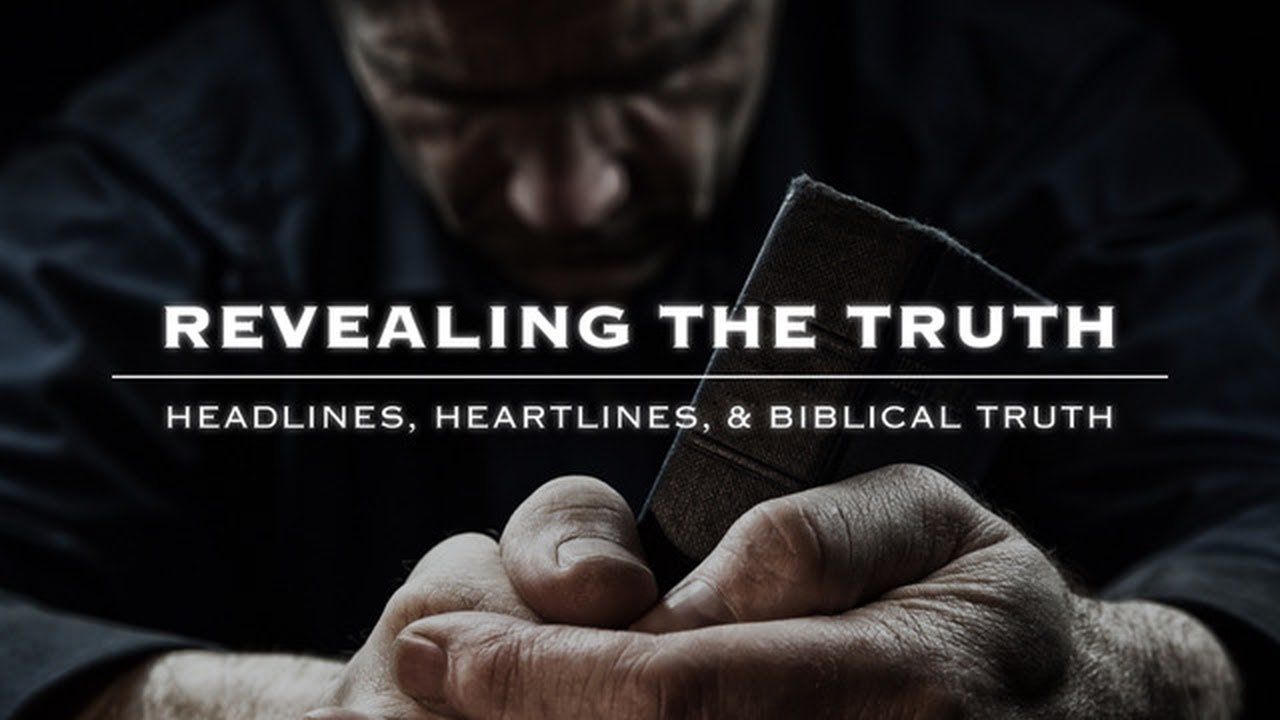Have you ever come across the term “misunderstanding voodoo thezburg“ and wondered what it really means? You’re not alone. In today’s fast-paced world, bits of information can get twisted and spread around in surprising ways. In this post, we’ll clear up the confusion around “misunderstanding voodoo thezburg” and explain what it is—and what it isn’t—in plain, easy-to-understand English.
What Is Voodoo, Anyway?
Before diving into the mix-up, it helps to know a bit about voodoo itself. Voodoo is a religion and cultural practice that started in West Africa and later spread to the Americas. Over time, it has developed in many different places with unique customs and beliefs. Here are a few simple points to remember:
- Spiritual Practice: Voodoo involves rituals, music, dance, and prayer. It’s about connecting with the spiritual world.
- Community Focus: Many voodoo traditions are community-based, offering support and a shared way of understanding life’s mysteries.
- Misunderstandings Abound: Thanks to movies and media, many people have a skewed view of voodoo, often associating it only with horror or dark magic.
Who or What Is Thezburg?
Now, let’s talk about Thezburg. This term might sound mysterious and unfamiliar, and that’s because it often pops up in discussions online in the context of voodoo—but with a twist. While there isn’t a widely recognized place or tradition known as “Thezburg” in the official history of voodoo, the term seems to have evolved as part of a mix-up. Here are some ideas behind the term:
- A Misinterpreted Name: Some believe “Thezburg” could be a corruption or mishearing of another word, leading to confusion.
- Fiction vs. Reality: Others think that “Thezburg” might have been used in fiction or online stories, blurring the lines between fact and imagination.
- Cultural Blend: In a few cases, local folklore and modern reinterpretations have merged, giving rise to this puzzling phrase.
How Did the Misunderstanding Begin?
The roots of misunderstanding voodoo thezburg can be traced to a mix of cultural exchanges, misinterpretations, and the sensationalism of media. Here’s a quick look at how this may have happened:
- Media Influence: Movies and TV shows have long portrayed voodoo in a dramatic, often frightening light. These portrayals sometimes mix facts with fiction.
- Word of Mouth: As people share stories and anecdotes online, a simple term can easily get misrepresented.
- Cultural Miscommunication: When different cultures interact, names, terms, and practices can be misunderstood, leading to the creation of new, often inaccurate labels.
Common Myths and Facts
To help clear up the confusion, let’s break down some of the common myths and the actual facts behind the term misunderstanding voodoo thezburg:
- Myth: Thezburg is a secret, mystical place where dark voodoo magic happens.
- Fact: There is no verified place known as Thezburg in the context of traditional voodoo practices.
- Myth: Voodoo is all about curses and harmful magic.
- Fact: Voodoo is a diverse spiritual practice. While some rituals focus on protection and healing, many misconceptions come from dramatized portrayals.
- Myth: Misunderstanding voodoo thezburg refers to a specific cult or organization.
- Fact: The term has more to do with how people misinterpret voodoo practices rather than referring to any formal group.
Why Does This Misunderstanding Matter?
Understanding the truth behind terms like misunderstanding voodoo thezburg matters for a few important reasons:
- Respect for Culture: Misconceptions can lead to disrespect and stereotyping of cultural and spiritual traditions.
- Better Communication: When we clear up misunderstandings, we can have more respectful and accurate conversations about different beliefs.
- Informed Choices: Whether you’re curious about spiritual practices or reading a novel with voodoo elements, knowing the facts helps you enjoy and appreciate the subject more fully.
How Can You Learn More?
If you’re interested in learning more about voodoo and clearing up any confusions, here are some simple steps you can take:
- Read Reputable Sources: Look for books, articles, and documentaries made by experts in the field.
- Ask Questions: Join online forums or local groups that discuss cultural practices with respect and understanding.
- Visit Cultural Centers: Many cities have cultural centers or museums that provide accurate information about voodoo traditions.
Conclusion
The phrase misunderstanding voodoo thezburg is a prime example of how easy it is for information to get tangled up in translation and media portrayal. While the term itself might not refer to a real location or a specific voodoo practice, it highlights a bigger issue: the spread of misconceptions about a rich, diverse spiritual tradition. By taking a moment to seek the facts and respect the true nature of these practices, we can better appreciate the depth and beauty of cultures that differ from our own.
FAQs
Q1: What does “misunderstanding voodoo thezburg” really mean?
A1: It’s a phrase that highlights the mix-up and confusion around voodoo practices, often involving a term—Thezburg—that may have been misinterpreted or misrepresented in popular culture.
Q2: Is Thezburg an actual place?
A2: No, there’s no verified location known as Thezburg in the context of voodoo. The term seems to have evolved as part of a misunderstanding.
Q3: Why is voodoo often misunderstood?
A3: Voodoo is frequently misunderstood due to dramatic portrayals in movies and media, as well as cultural differences that lead to misinterpretations of its practices and beliefs.
Q4: How can I learn more about real voodoo practices?
A4: Check out books, documentaries, and reputable websites dedicated to voodoo. Joining discussions in cultural or academic circles can also help provide accurate insights.
Q5: What’s the best way to handle cultural misunderstandings like these?
A5: Approach with an open mind, seek reliable information, and engage in respectful conversations. Understanding different perspectives helps bridge the gap between myths and reali

